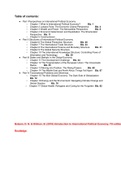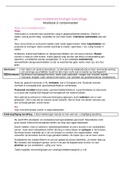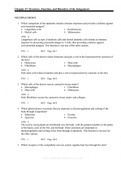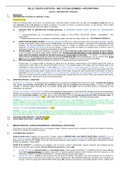Samenvatting
Samenvatting Introduction to International Political Economy, Global Political Economy 2021/22(GPE)
- Vak
- Instelling
- Boek
Een samenvatting van het gehele boek voor het vak global political economy aan de vu. Dit vak wordt als minor gegeven maar ook als derde of tweede jaars vak, voor vele verschillende studies aan de vu. Maar ook in de sociale wetenschappen.
[Meer zien]







